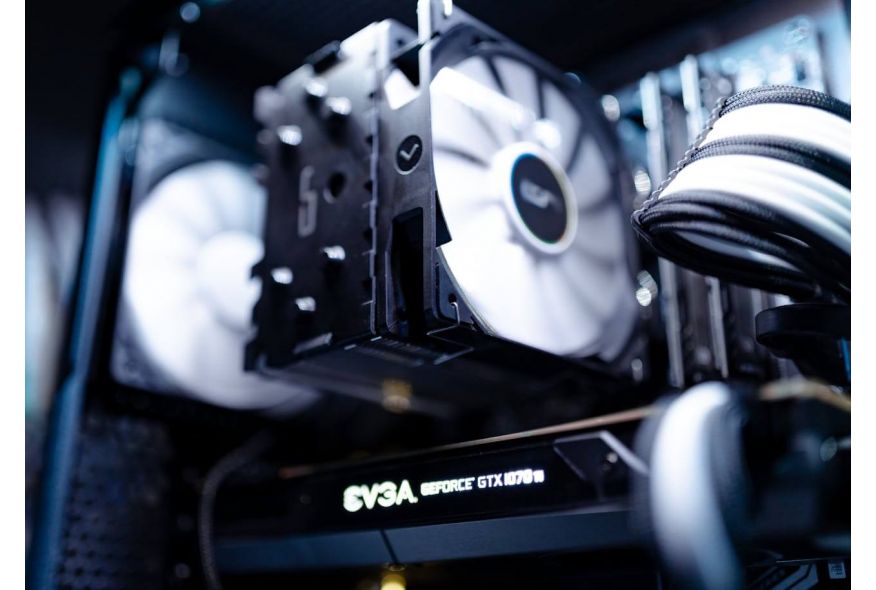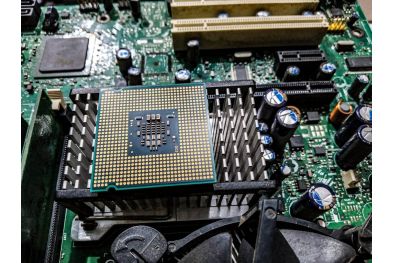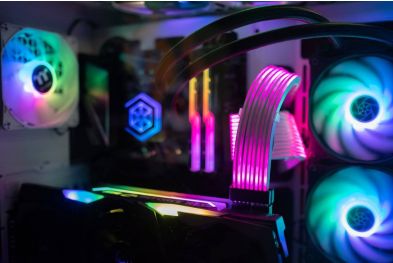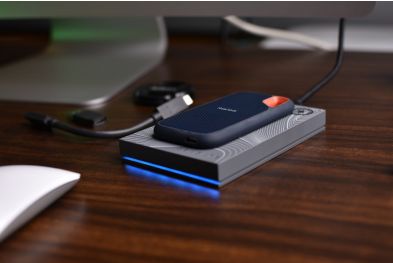How to Choose the Best Graphics Card for an Upgrade
Upgrading your graphics card (GPU) is one of the most effective ways to boost your PC’s performance, especially for gaming, video editing, and graphic design. But with so many options on the market, how do you choose the best GPU for your needs? In this guide, we’ll walk you through the key factors to consider when selecting a graphics card for an upgrade.
1. Determine Your Needs
Before diving into specs and brands, ask yourself what you’ll primarily use the GPU for:
Gaming: Look for a card that can handle your favorite games at your desired resolution and frame rate.
Content Creation: Video editing, 3D rendering, and graphic design benefit from GPUs with more VRAM and faster processing power.
General Use: If you’re not into gaming or heavy workloads, a mid-range or budget GPU will suffice.
2. Check Your Budget
Graphics cards come in a wide range of prices, from budget-friendly options to high-end models that cost hundreds (or even thousands) of dollars. Set a budget and stick to it. Here’s a rough breakdown:
Budget (Under $200): Entry-level GPUs for casual gaming and general use.
Mid-Range (200−200−500): Great for 1080p and 1440p gaming, as well as light content creation.
High-End ($500+): Ideal for 4K gaming, VR, and professional workloads.
3. Ensure Compatibility with Your System
A powerful GPU won’t do much good if it’s not compatible with your current setup. Check these key factors:
Motherboard Slot: Most modern GPUs use a PCIe x16 slot. Ensure your motherboard has one available.
Power Supply: High-end GPUs require more power. Check your power supply unit (PSU) wattage and ensure it has the necessary connectors (e.g., 6-pin or 8-pin PCIe).
Case Size: Measure your PC case to ensure the GPU will fit. High-performance cards can be quite large.
CPU Bottleneck: Ensure your processor can keep up with the new GPU. A slow CPU can limit the performance of a high-end graphics card.
4. Understand GPU Specifications
When comparing GPUs, pay attention to these key specs:
VRAM (Video RAM): More VRAM allows for better performance at higher resolutions and with more detailed textures. Aim for at least 6GB for gaming, but 8GB or more is ideal for 1440p or 4K.
Clock Speed: Higher clock speeds mean faster performance, but real-world differences depend on the GPU architecture.
CUDA Cores/Stream Processors: These are the processing units within the GPU. More cores generally mean better performance, but efficiency varies by brand and model.
Cooling System: GPUs come with different cooling solutions, such as fans or liquid cooling. Better cooling can improve performance and longevity.
5. Choose Between AMD and NVIDIA
The two main GPU manufacturers are AMD and NVIDIA. Both offer excellent options, but they have different strengths:
NVIDIA: Known for superior ray tracing, DLSS (Deep Learning Super Sampling), and better driver support. Ideal for gamers and professionals.
AMD: Often provides better value for money, with competitive performance and features like FidelityFX Super Resolution (FSR). Great for budget-conscious users.
6. Consider Future-Proofing
Technology evolves quickly, so think about how long you want your GPU to remain relevant.
Ray Tracing: If you want to future-proof your system, consider a GPU with ray tracing capabilities.
VR Support: If you’re interested in virtual reality, ensure the GPU meets the requirements for your VR headset.
Resolution and Refresh Rate: If you plan to upgrade to a 4K monitor or high-refresh-rate display, choose a GPU that can handle it.
7. Read Reviews and Benchmarks
Before making a final decision, read reviews and check benchmarks to see how the GPU performs in real-world scenarios. Websites like Tom’s Hardware, TechPowerUp, and YouTube channels like Linus Tech Tips are great resources.
Final Thoughts
Choosing the best graphics card for an upgrade doesn’t have to be overwhelming. By understanding your needs, setting a budget, checking compatibility, and comparing specs, you can find the perfect GPU to elevate your PC’s performance.
Found this guide helpful? Share it with your friends on social media to help them choose the best graphics card for their upgrade!
With the right GPU, you can transform your PC into a powerhouse for gaming, creativity, or productivity. Don’t forget to share this article to help others make informed decisions about their GPU upgrades!







